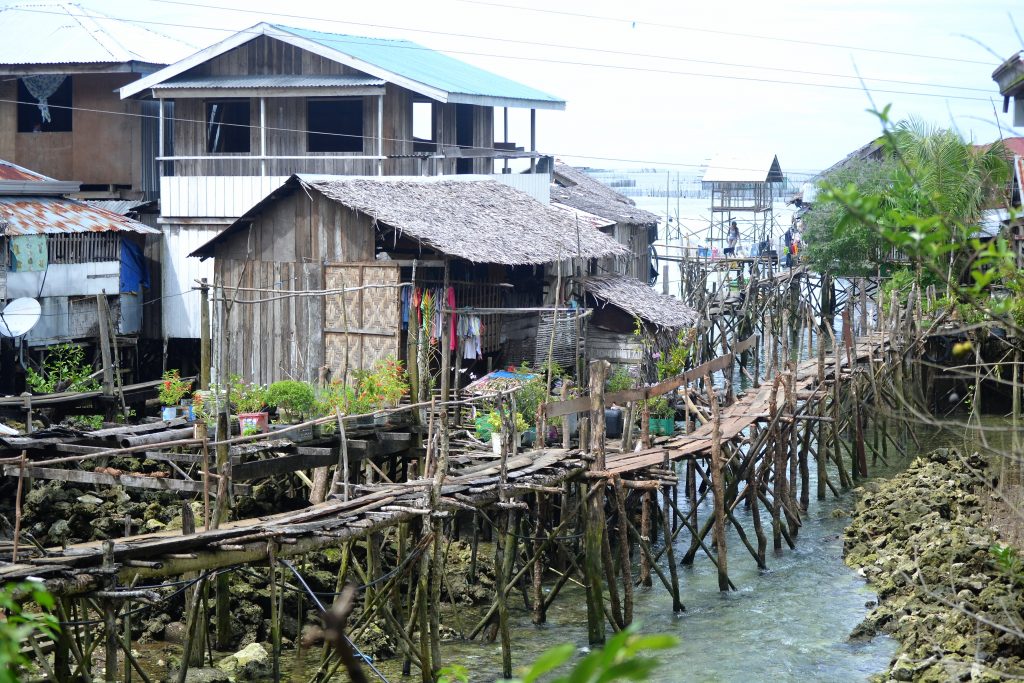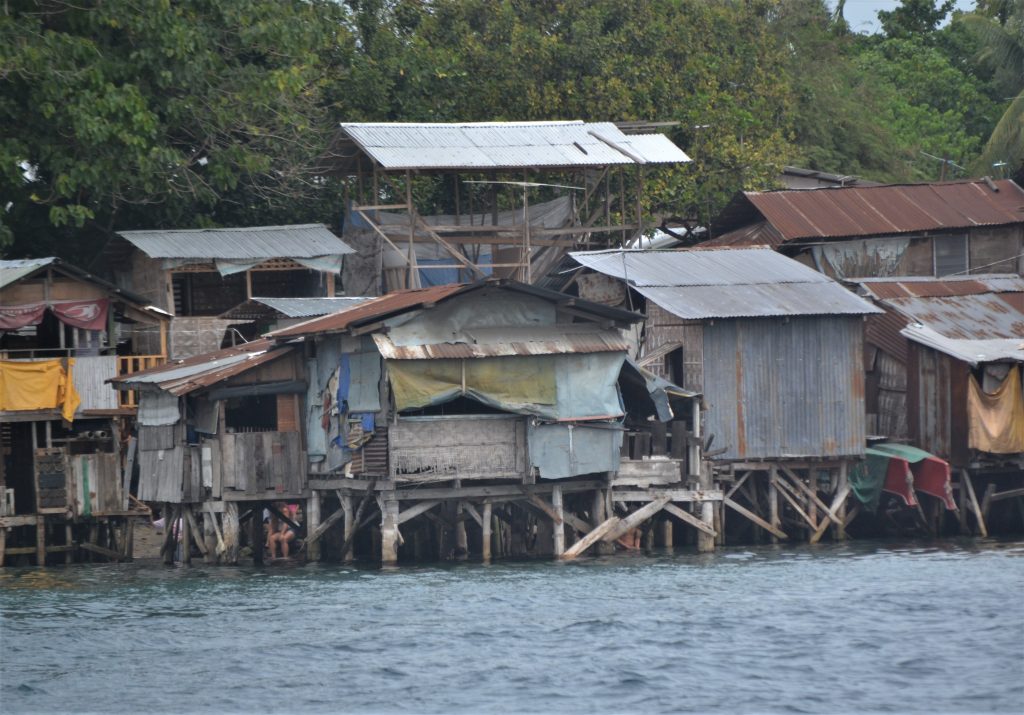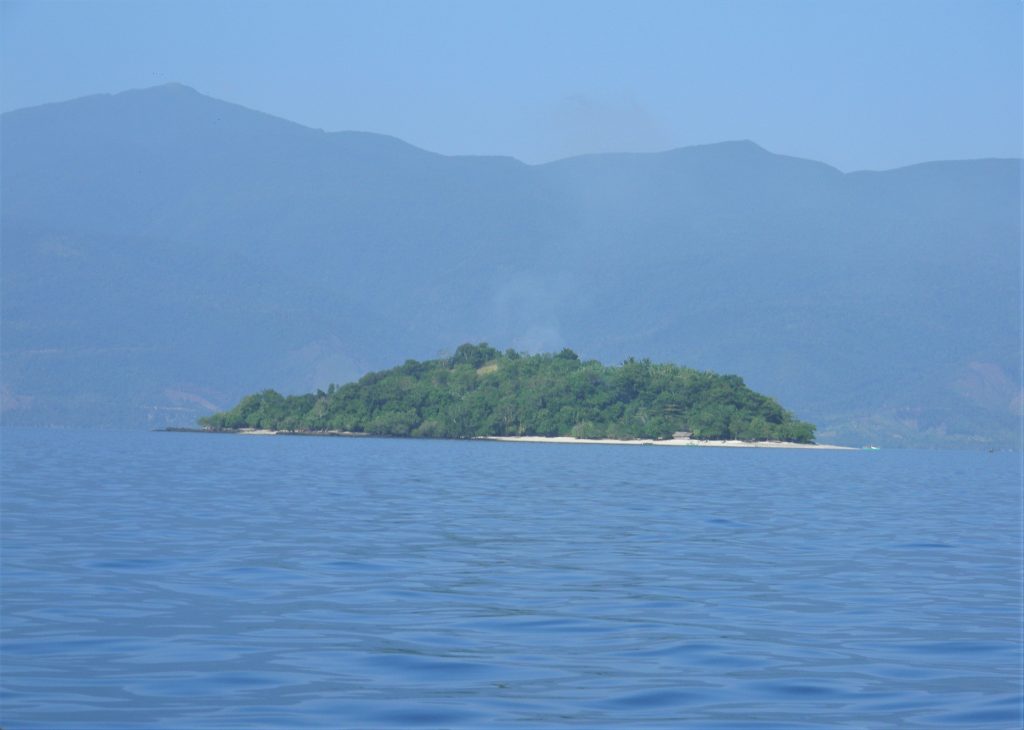“Climate change is taking place before our eyes and will continue to do as a result of the concentrations of greenhouse gases in the atmosphere, which have risen constantly…” – Michael Jarraud, secretary-general of the World Meteorological Organization
***
When the Pangi River in Davao City swelled to new heights in June 2011, 29 people lost their lives and 50,000 residents had to flee their homes. In an editorial, the local daily Sun Star Davao commented: ‘‘The rapid urban development has caused encroachment into the city drainage, preventing the water from seeping into the soil with all the construction in the heart of downtown Davao.”
But those are only part of the problem. Former Press Secretary Jesus G. Dureza, who is now back in the government as chief negotiator for peace process, believes that the constant flooding happening in Davao City is due to sea level rise. “My calculation is that (the sea level) has risen by one foot over a period of 20 years,” he wrote in his column, Advocacy Mindanao. “Hence, rain waters and floods no longer easily flow or empty out into the sea. They are clogged in the waterways and spill out into the riverbanks.”

“It’s really a disaster that is already happening… It’s a slow-onset disaster,” Narod Eco, who is part of the group of scientists tracking the problem, was quoted as saying by the Agence France-Presse (AFP).
Eco was referring to the catastrophe now occurring in Pampanga and Bulacan. Satellite monitoring done have shown that these two provinces “have sunk between four and six centimeters annually since 2003.”
The sinking is reportedly due to groundwater pumping. “The main culprit is catastrophic subsidence by groundwater being pumped out from below, often via unregulated wells for homes, factories, and farms catering to a booming population and growing economy,” the AFP reported.
Some parts of the country’s capital are not spared from the phenomenon. Although it is happening at a slower rate, “sections of Manila along the shore of the bay are sinking too, with excess groundwater pumping being the most likely cause,” the AFP said.
The situation is indeed very precarious. “The creeping by waters put people and property at risk, while the threat is amplified by high-tides and flooding brought by the roughly 20 storms that pound the archipelago every year,” the AFP pointed out.
The catastrophe will even be more severe with the rising sea levels caused by global warming. It has been estimated that sea level rise within this century will affect a larger percentage of the country’s coastline compared with that of other developing countries of Asia and the Pacific region, according to a World Bank report.
“By the end of this century, sea levels in the region are expected to rise by about 125 centimeters, exceeding the global average by 10-15%,” noted the bank report, Getting a Grip on Climate Change in the Philippines.
“Even assuming the sea level in the region rises at the global average rate of about 100 centimeters, about 14% of the Philippines’ total population and 42% of its total coastal population will be affected by intensifying storm surges resulting from more intense typhoons.”
“In the Philippines, the impacts of storm surges, associated with sea level rise and more intense storms, are particularly significant in terms of the percentage of affected coastal land area, population, and gross domestic product,” the bank report claimed.
A study co-produced by the Manila-based Asian Development Bank (ADB) in Asia and the Pacific region on cities most affected by sea level rise has identified seven urban areas in the Philippines.

Four of these cities are from Luzon (Manila, Taguig, Caloocan and Malabon), two are from Mindanao (Davao and Butuan) and only one from the Visayas (Iloilo). Some portions of these cities will be inundated with one-meter sea level rise.
The country’s weather bureau, the Philippine Atmospheric, Geophysical and Astronomical Services Administration, observed an increasing trend in the sea level rise in the country way back in 1965 yet.
The rise of sea levels is just one of the most certain outcomes of climate change. “A continuing rise in average global sea level would inundate parts of many heavily-populated river deltas and the cities on them, making them unhabitable, and would destroy many beaches around the world,” the Intergovernmental Panel on Climate Change (IPCC) said.
The WMO (World Meteorological Organization) Statement on the State of the Global Climate in 2018 said sea level continues to rise “at an accelerated rate,” as revealed by satellite altimetry. The global mean sea level for the previous year “was around3.7 millimeters higher than in 2017 and the highest on record.”
The sea level will continue to go up in the coming years. “Under a business-as-usual scenario, a 6-degree Celsius temperature increase is projected over the Asian landmass by the end of the century,” warned A Region at Risk: The Human Dimensions of Climate Change in Asia and the Pacific, the study report which ADB co-produced with Potsdam Institute of Climate Impact Research.
Once the problem sneaks in, there’s no turning back on it. Let’s take a closer look at Davao City, the home of the current president, as a case in point. According to the publication jointly published by the World Wide Fund for Nature and Bank of the Philippine Islands,Business Risk Assessment and the Management of Climate Change Impact, the sea level rise is expected to create problems of the city’s ports.
“Located along the relatively shallow channel between the city and Samal Island, these port facilities are a nerve center for Davao City’s economy, and serve a variety of ships handling both carbo and passengers,” the publication stated.
Davao City will also face the problem of water crisis in the form of salt intrusion. “Davao has traditionally tapped surface water from its rivers as its main water source,” the publication said. “It prides itself in the relatively high quality of its drinking water. However, salt intrusion has already been reported in city districts to shore, especially in portions of the city where groundwater extraction continues. Sea level rise may aggravate this situation.”
Salty water is bad for one’s health. “The most common consequence of excessive salt ingestion is hypertension,” the World Bank report said. “Along with hypertension, there is a broad range of health problems potentially link with increased salinity exposure through bathing, drinking and cooking; these include miscarriage, skin disease, acute respiratory infection, and diarrheal disease.”
Scientists claim that for every meter the sea level rises, some three kilometers of inland would be inundated. The sea will literally rise to flood the plains.
“The higher the seas rise, the more vulnerable coasts and islands become to storm surges, sweeping water over the land,” pointed out Peter Usher when he was the coordinator of the climate unit of the United Nations Environment Program. “And even small increases in sea level will cut away great swatches of territory.”
As a result of human activities (fossil fuel combustion, deforestation, mining, refrigeration, livestock production and rice cultivation, to name a few), the world’s climate has been changing – not for the better but for the worse.
Because of these follies, the amounts of trace gases such as carbon dioxide, methane, chlorofluorocarbons (CFCs), and nitrous oxide released into the atmosphere have considerably increased.
Since these gases trap heat, they have been singled out as those that cause the shifting of climate all over the world, causing devastating consequences like sea level rise, stronger storms, floods and droughts, melting of the ice caps, ocean acidification, and looming food crisis.
As global temperature continues to rise so are diseases. “The state of our health as human beings is under threat but it is not a death sentence – yet,” said lawmaker Loren Legarda when she was still with the senate. “We are alive and able to address the climate crisis. We can no longer deny the link between climate change and public health.”

A climate change awareness survey done in 2013 by the Social Weather Stations showed that eight out of ten Filipinos claimed to have “personally experienced” the impact of climate change in the last three years and 54% described their experience as “severe” to “moderate.” About 31% said they have “little experience.”
“Climate is changing and will continue to do so,” said Dr. Rosa T. Perez, a research fellow of the Manila Observatory, during the Climate Change Media Workshop for Mindanao-based journalists held in Davao City a few years back. “Currently, the impacts on many sectors are still unclear, but may become more pronounced as warming continues. So, we need to focus on understanding, adaptation, and preparation. We, Filipinos, should reduce our greenhouse gas emissions, but for the right reasons.”






